Aiming to export high value products
According to a report on the industrial real estate market recently published by Savills Vietnam, Vietnam is the focus in attracting large projects with total registered capital of up to billions of USD.
Experts from Savills Vietnam also commented that Vietnam has stable growth thanks to key market drivers, including a young and dynamic workforce, competitive labor costs, an export-oriented economy, a stable business environment... and especially Vietnam's active participation in Free Trade Agreements.
The report also shows that Vietnam is moving up the value chain as an export-oriented economy for high value-added products, as evidenced by the sharp increase in revenue from exports of phones and phone components in Vietnam.
Specifically, data from 2016 to 2022 shows that the export turnover of electronics and computers increased by 193% and the export turnover of phones increased by 68%. Other high value-added items such as electronics, computers and components in 2016 had an export turnover of 19 billion USD. However, by 2022, the export value had reached 56 billion USD. This segment accounts for 15% of export turnover and increased by 10% compared to the same period last year. Meanwhile, low value-added export industries such as textiles and footwear only account for 10 and 4% of total export turnover, respectively.
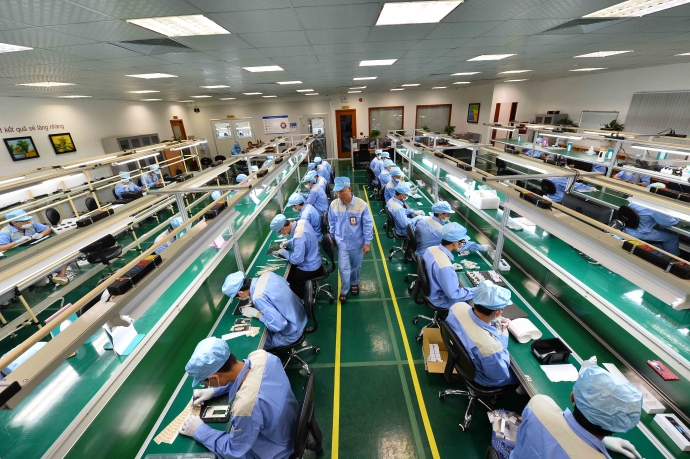
Vietnam is aiming to export high-value products.
The development is also evident through the attraction of foreign direct investment (FDI) into the manufacturing and processing sector. In the first half of 2023, FDI capital in this sector was recorded at 8.4 billion USD, accounting for 63% of total foreign investment capital. In addition, there were 379 new projects with newly registered capital of 5.4 billion USD. Of the 345 existing projects, 225 projects increased capital with a total additional capital of 2.1 billion USD.
Some major investment projects in the first half of 2023 in the northern region are Fulian Precision Technology's project with an investment capital of 621 million USD in Bac Giang; Goerteck (Hong Kong) Co.'s 280 million USD project in Bac Ninh and Boltun Corp & QST International Corp's 165 million USD project in Quang Ninh.
In the South, notable projects include Shandong Haohua Tire's $500 million project in Binh Phuoc; Suntory Pepsico Vietnam's $185 million project in Long An and Pandora Production Holdings A/S's $163 million project in Binh Duong.
Of which, Bac Giang is the province that recorded the largest amount of newly registered FDI capital in production in the country with 1.06 billion USD, equivalent to 20% of the investment capital. Next is Binh Phuoc with 11% of the total registered capital worth 577 million USD and Bac Ninh ranked third with 9% of the total registered capital worth 486 million USD.
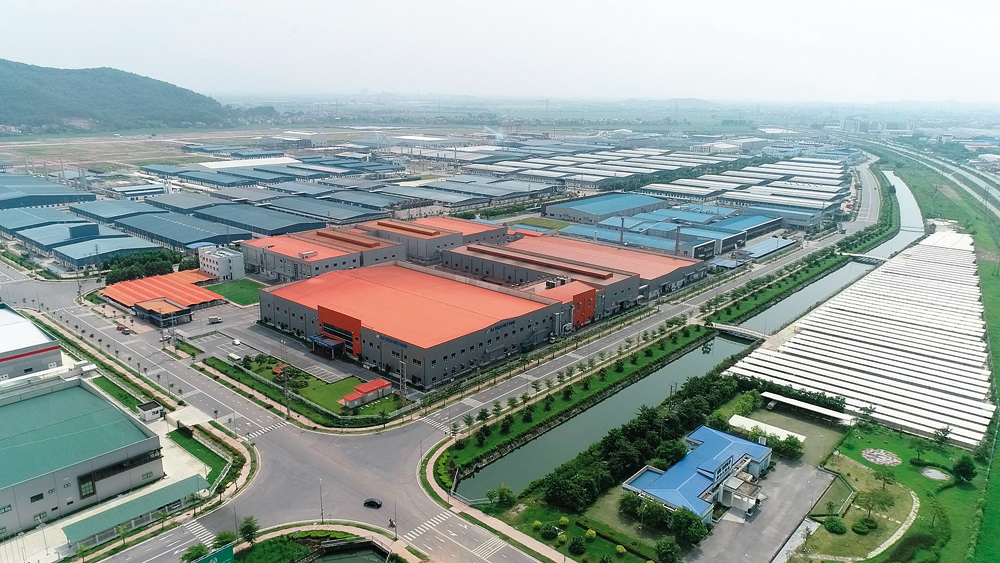
Bac Giang is leading in the development of industrial real estate.
To date, 397 industrial parks (IPs) have been established with a total land area of 122,900 hectares. There are 292 IPs in operation with a total land area of over 87,100 hectares. Another 106 IPs are under construction with a total land area of 35,700 hectares. IPs nationwide have a high occupancy rate of over 80%, of which the key northern provinces reach 83% and the key southern provinces reach 91%.
The Northern Key Economic Zone recorded 68 industrial park projects with a leased land area of 12,000 hectares. The land rental price increased by 30% year-on-year, reaching an average of 138 USD/m2/lease period. Tenants in this area mainly operate in the fields of electronics and computers, automobile assembly and manufacturing, machinery and equipment as well as solar energy-related components.
In the Southern Key Economic Zone, there are 122 industrial park projects with a leased land area of 24,883 hectares. Land rental prices increased by 15% year-on-year and reached an average of 174 USD/m2/lease period. Tenants mainly operate in the fields of food and beverage processing, construction materials, textiles, and rubber and plastic products.
Industrial real estate still faces many challenges in the coming time
According to Savills Vietnam, despite global headwinds, Vietnam is expected to maintain rapid economic growth in the medium term as exports recover and continue to benefit from the shift in global manufacturing supply chains to competitive manufacturing hubs in Southeast Asia.
2022 and 2023 have witnessed important milestones for the growth of the industry in the Mekong Delta. In September 2023, the investor VSSIP started the first project in Can Tho with an area of 900 hectares, expected to be a complex of industrial, high-tech, service and residential centers. Phase 1 will have an area of 293.7 hectares, with an investment capital of more than 152 million USD.
VSIP also invested in building a road worth 7.4 million USD connecting the project with National Highway 80 during the pre-construction phase. Regarding infrastructure, according to the Development Plan for the period 2021 - 2030, with a vision to 2050, the Mekong Delta is expected to further develop its infrastructure, creating a foundation to attract industrial real estate with 6 expressways with a length of 1,166 km.
However, Mr. John Campbell - Deputy Director, Head of Industrial Services, Savills Vietnam also pointed out certain challenges of Vietnam's industrial real estate in the coming time including:
The quality of overall transport infrastructure in Vietnam remains low compared to other countries in the region. Although transport infrastructure is expanding rapidly, development has not kept pace with economic and social growth. Rapid growth in urban population and freight transport is the main driver of infrastructure demand, while port and seaport capacity has not yet reached its full potential;

Mr. John Campbell, Deputy Director, Head of Industrial Services, Savills Vietnam.
As Vietnam’s focus shifts to attracting high value-added industries and increasing productivity to match regional peers, the demand for skilled labor will increase. Although labor costs in Vietnam are only one-third of those in China, productivity is also lower at comparable levels;
Strict new fire regulations, which will come into effect by the end of 2022, have been a stumbling block for industrial developers, manufacturers and logistics companies. Major foreign investors are struggling to obtain the appropriate certifications and some projects have been delayed because of the issue.
To address the existing challenges, the expert said, the Government needs to continue investing in infrastructure and upgrading the skills of Vietnam’s workforce to increase productivity and efficiency. In addition, promoting supporting industries, strengthening supply chains, simplifying investment and land use procedures, and applying digitalization are all key areas for Vietnam’s industry.
Source



![[Photo] President Luong Cuong attends the inauguration of the international container port in Hai Phong](https://vphoto.vietnam.vn/thumb/1200x675/vietnam/resource/IMAGE/2025/5/13/9544c01a03e241fdadb6f9708e1c0b65)
![[Photo] Prime Minister Pham Minh Chinh receives Ambassador of the French Republic to Vietnam Olivier Brochet](https://vphoto.vietnam.vn/thumb/1200x675/vietnam/resource/IMAGE/2025/5/13/f5441496fa4a456abf47c8c747d2fe92)
![[Photo] Many people in Hanoi welcome Buddha's relics to Quan Su Pagoda](https://vphoto.vietnam.vn/thumb/1200x675/vietnam/resource/IMAGE/2025/5/13/3e93a7303e1d4d98b6a65e64be57e870)
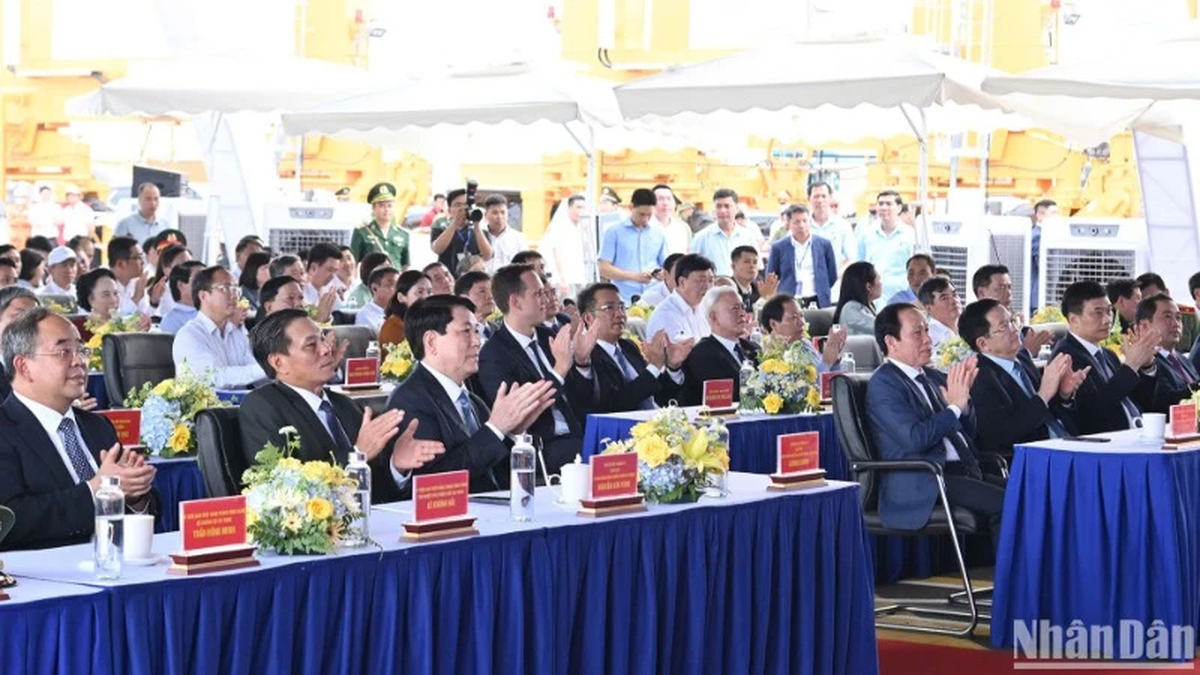
![[Photo] President Luong Cuong awarded the title "Heroic City" to Hai Phong city](https://vphoto.vietnam.vn/thumb/1200x675/vietnam/resource/IMAGE/2025/5/13/d1921aa358994c0f97435a490b3d5065)
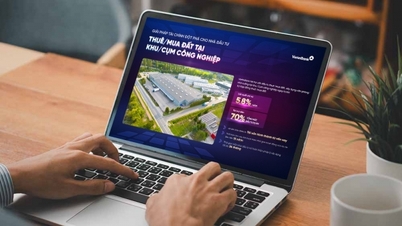





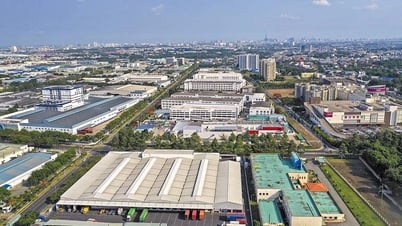

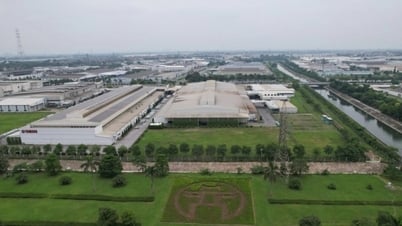
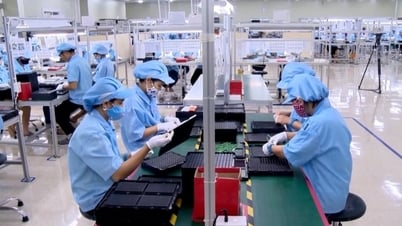

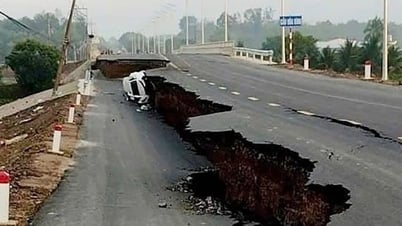
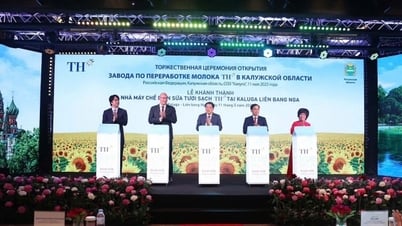
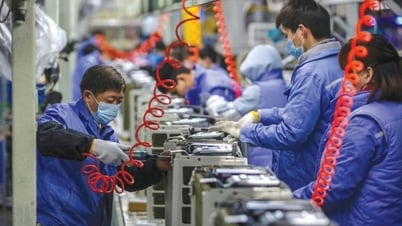





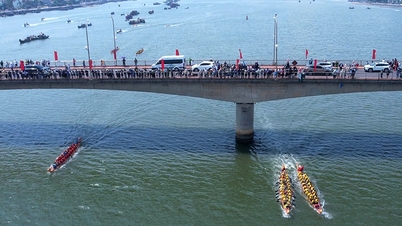













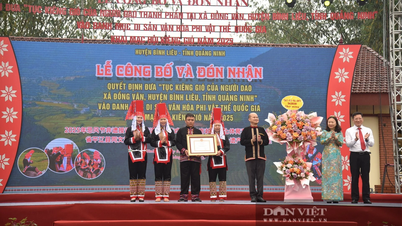

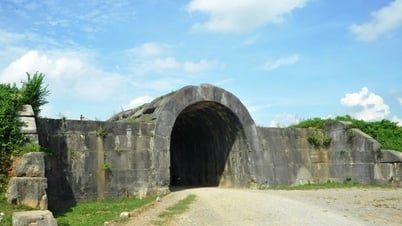




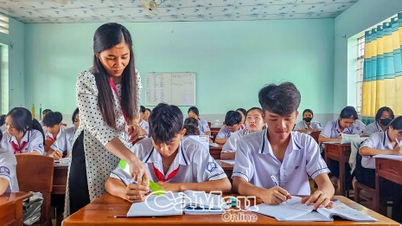

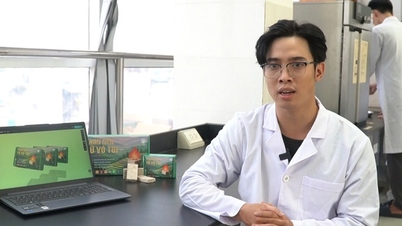











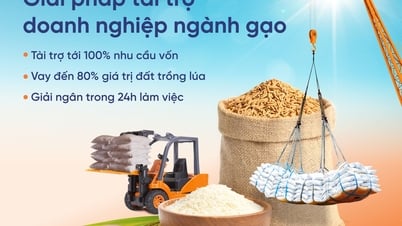


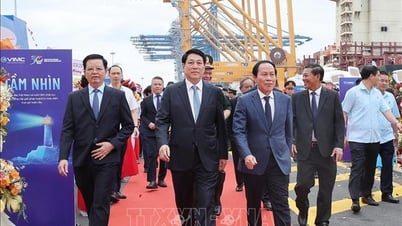


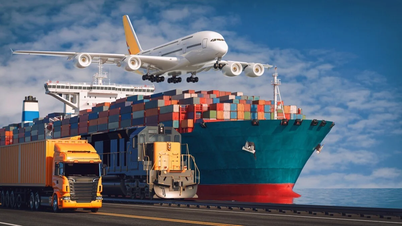

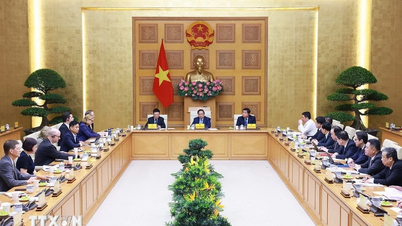

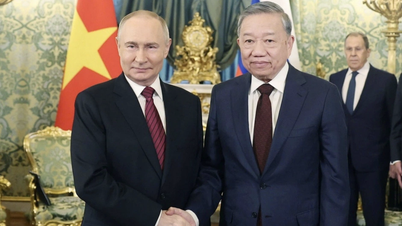






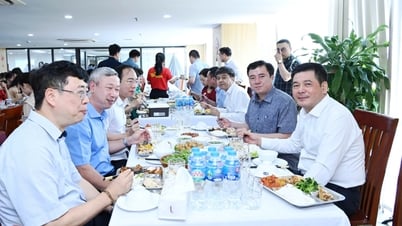
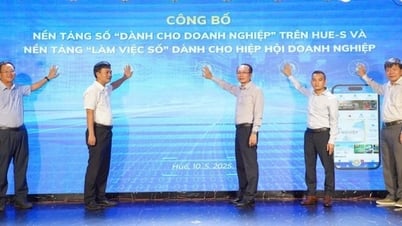

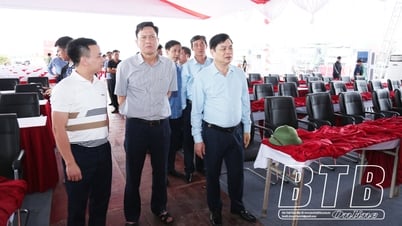










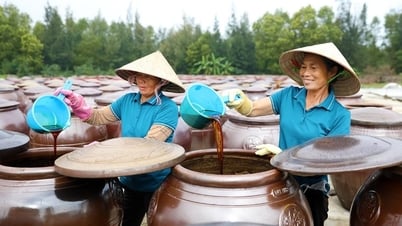



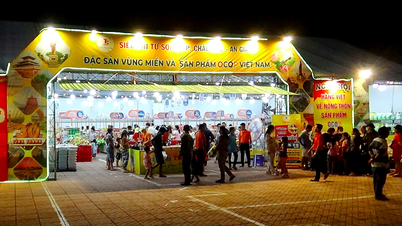



Comment (0)